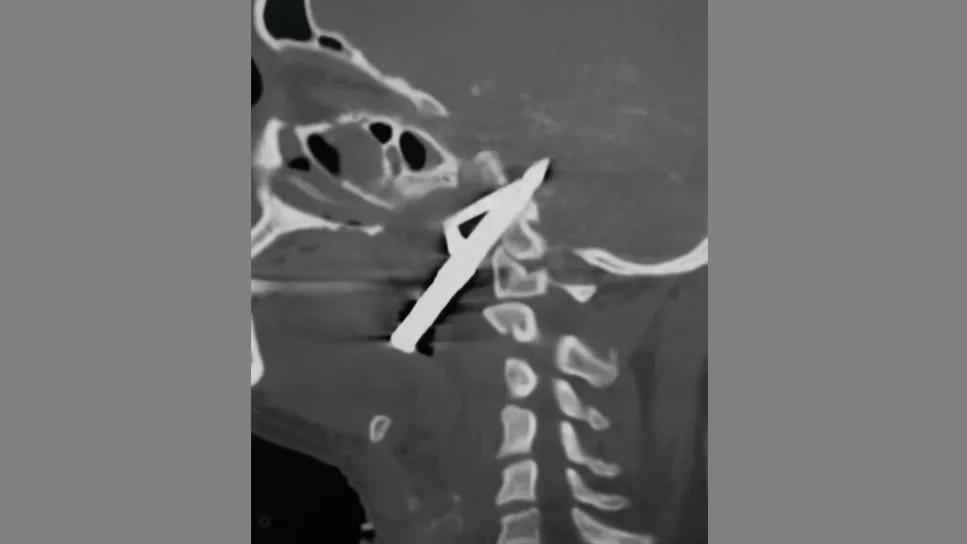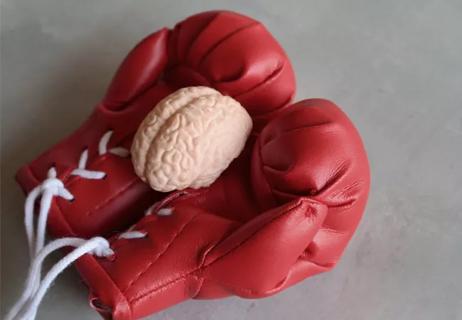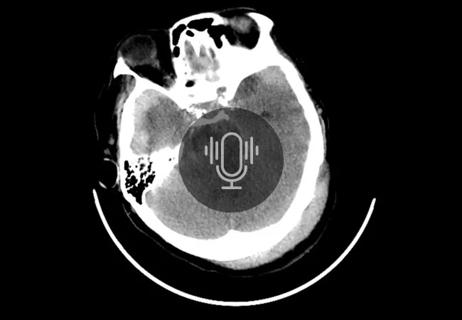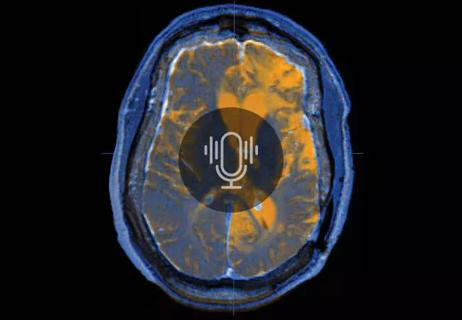New guidelines from Brain Trauma Foundation urge early and aggressive treatment

With prompt management, even a severe penetrating traumatic brain injury such as a gunshot wound to the head can have a good outcome, according to guidelines unveiled by the Brain Trauma Foundation at the recent annual meeting of the Congress of Neurological Surgeons. These second-edition guidelines, focusing specifically on this highly grave type of injury, are to be published in December in Neurosurgery, nearly 25 years after the first edition.
Advertisement
Cleveland Clinic is a non-profit academic medical center. Advertising on our site helps support our mission. We do not endorse non-Cleveland Clinic products or services. Policy
Developed by a panel of civilian and military trauma experts, the guidelines and accompanying algorithms include evidence-based recommendations on prompt screening for cerebrovascular injury using digital subtraction angiography and immediate surgical repair of cerebrospinal fluid leakage.
“Outcomes in modern conflicts tend to be much better than those described in earlier reports,” says senior and corresponding author Gregory Hawryluk, MD, PhD, a Cleveland Clinic neurosurgeon and Medical Director of the Brain Trauma Foundation. “These patients routinely surprise us — if they arrive at a hospital alive, the prognosis may be good.”
The 35 panelists who developed the guidelines made use of 125 studies that provided evidence for managing penetrating, perforating and tangential penetrating brain injuries, plus 80 studies that provided contextual data.
Dr. Hawryluk emphasizes, however, that good studies on this subject are limited, so the panel could make no Level 1 recommendations (based on high-quality evidence), and only three recommendations reached Level 2 (based on moderate-quality evidence).
The authors also used the Delphi process to garner expert opinion, with results presented in a separate section.
The nearly 200-page document addresses 26 questions surrounding prehospital management, diagnosis, prognosis, critical care and surgical management. Several important topics are highlighted below.
Dr. Hawryluk notes that the military ethos to quickly and aggressively treat injured soldiers contributes to higher survival rates in the battlefield compared with civilian settings, despite the extreme severity of injuries inflicted in modern warfare.
Advertisement
“Switching one’s thinking to predicting whether a specific action is likely to help, rather than how one thinks the patient will end up, is critical,” he says.
The guidelines provide an algorithm for assessing futility, which recommends not relying on the commonly used Surviving Penetrating Injury to the Brain (SPIN) score. Although it has Level 2 evidence for prognosticating survival, the SPIN score was developed retrospectively on patients who had already been treated and whose care may have been subject to nihilism, so it is less relevant to initially presenting patients.
The Delphi voting process reached 100% consensus that predictive models such as the SPIN score “should not supersede expert opinion on prognosis” and that “aggressive care and the avoidance of nihilism are central to achieving the best possible outcomes.”
Upon presentation, patients suspected of having a vascular injury should be screened with particular attention to traumatic pseudoaneurysms, which occur commonly with penetrating brain injury and have a 50% mortality rate if ruptured. For screening, digital subtraction angiography is recommended over computed tomographic angiography (Level 2 recommendation). Screening should be repeated about three weeks after the injury, as such lesions may have delayed development.
Preventive cerebrovascular treatments should be initiated if needed. Contrary to traditional dogma, endovascular coiling is the favored treatment for a wall-less pseudoaneurysm, even though it may require future re-treatment. Patients who undergo coiling should be rescreened one to two months later.
Advertisement
Surgical repair of a cerebrospinal fluid leak is critical to reducing risk of infection and poor outcome, even if it requires placement of nonvascularized synthetic materials (Level 2 recommendation).
Complete removal of intracranial foreign bodies such as shrapnel fragments can actually be harmful, despite conventional thinking. It is now felt that the surgical extraction of foreign materials that aren’t easily accessible can be deferred to see whether infection develops.
“Shrapnel is generally hot and sterile when it penetrates tissue, so infection may be avoided,” Dr. Hawryluk explains. “Local wound debridement and closure is now considered reasonable in certain military and civilian cases.”
In addition to the above, Dr. Hawryluk reports that endovascular techniques now appear to be superior to open surgery for treatment of traumatic pseudoaneurysms. Because traumatic pseudoaneurysms lack a wall and are contained only by clot, it was long believed they could not be treated with coils. “But we have now learned,” he notes, “that coiling is often successful and — unlike open surgery — can allow preservation of the parent artery, which prevents a stroke. The one downside to endovascular treatment, though, is a frequent need to re-treat.”
The guidelines include printable algorithms suitable for posting in an emergency room that address overall care, surgical management, a protruding foreign body, traumatic vascular injury, damage to multiple lobes and penetrating injury to the skull base.
Advertisement
An online course and posters based on these guidelines are now available on the Brain Trauma Foundation website (https://braintrauma.org/guidelines). Videos of the plenary lecture on the new guidelines from the Congress of Neurological Surgeons meeting are also available.
“As these guidelines were developed, they were battle-tested in the Ukraine and Gaza conflicts, and we expect them to continue to evolve as more evidence comes in,” Dr. Hawryluk says. “We also need evidence from civilian centers that can conduct high-quality trials on different interventions.”
He notes that the guidelines panel identified specific gaps in knowledge and tasked the wider civilian community to help address them — something difficult to do systematically on the battlefield. To that end, a penetrating brain injury registry is being created that will provide a database for future studies. Dr. Hawryluk adds that the emergency department of his hospital, Cleveland Clinic Akron General, is a Level 1 trauma center and is thereby well suited to carry out such research. Cleveland Clinic is expected to open a second such trauma center in the future.
Recent publications based on civilian brain trauma data include one supporting the importance of a metric termed optimal cerebral perfusion pressure (CPPopt)in brain injury care (Neurosurgery. 2025;97[4]:863-872), with Dr. Hawryluk serving as senior author.
Additionally, the Brain Trauma Foundation, in collaboration with the Military Traumatic Brain Injury Initiative (MTBI2), is expected to soon release guidelines specific to combat and austere environments that may lack access to neurosurgeons or even a CT scanner.
Advertisement
Also in the works is a rapid screen for significant head injury that uses movement sensors found on smartphones. It will be faster than the commonly used 10-minute Military Acute Concussion Evaluation (MACE) and is expected to facilitate rapid triage following a major attack.
Advertisement

Case report of a young man with severe traumatic brain injury and cognitive deficits

Criteria-based diagnosis of traumatic encephalopathy syndrome predicts changes in brain volumes and cognition

Care guidelines have been crucial to progress in TBI care over the past 25 years

Promising preclinical research indicates functional motor recovery is durable

Cleveland Clinic researchers collaborate with Microsoft to create a product ready for the field

Evidence hints that chronic neuroinflammation might stem from a CNS-directed autoimmune response

Q&A with Brain Trauma Foundation guideline architect Gregory Hawryluk, MD, PhD

Advances in genomics, spinal fluid analysis, wearable-based patient monitoring and more